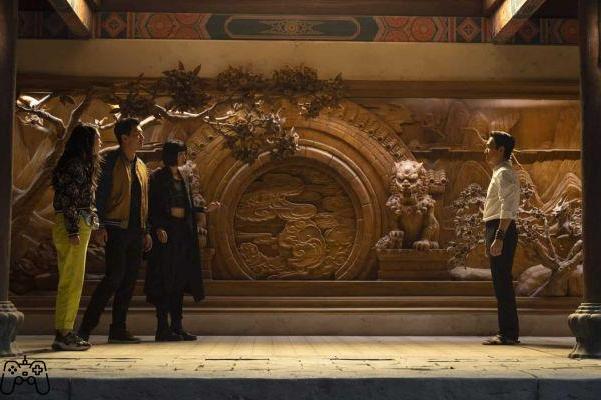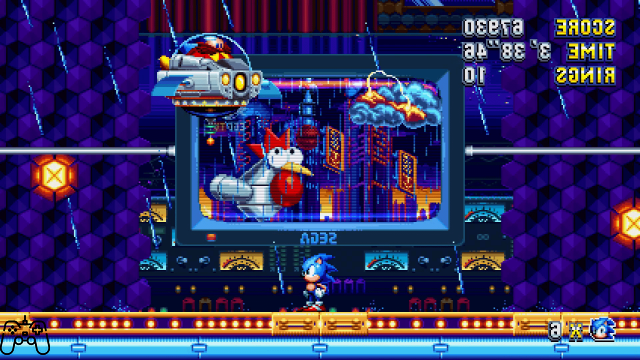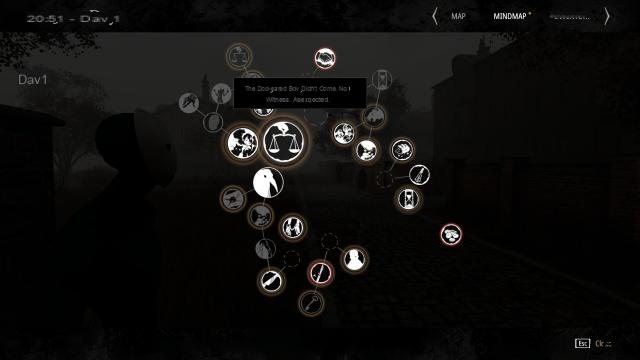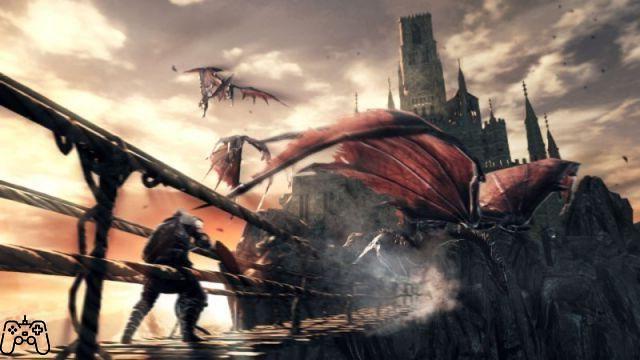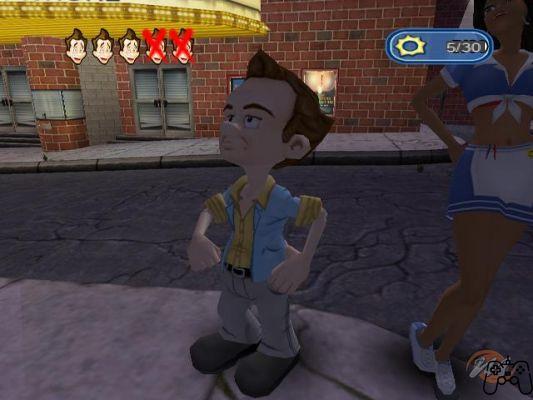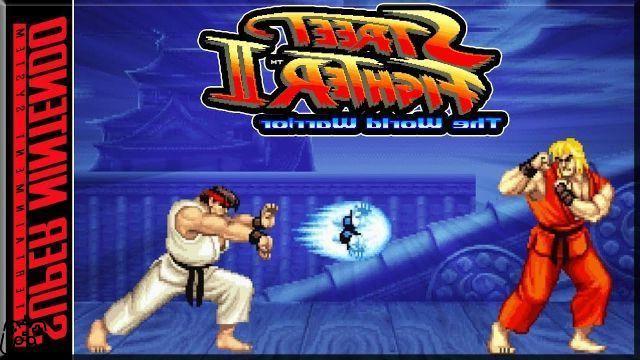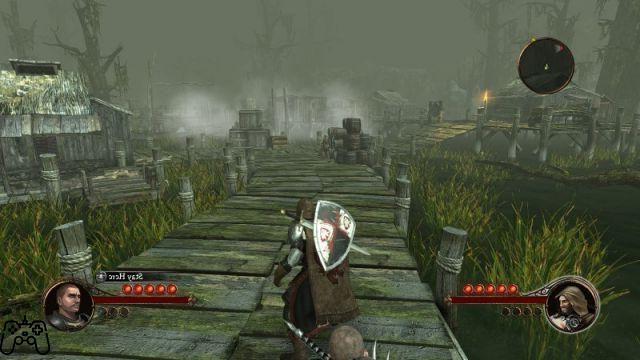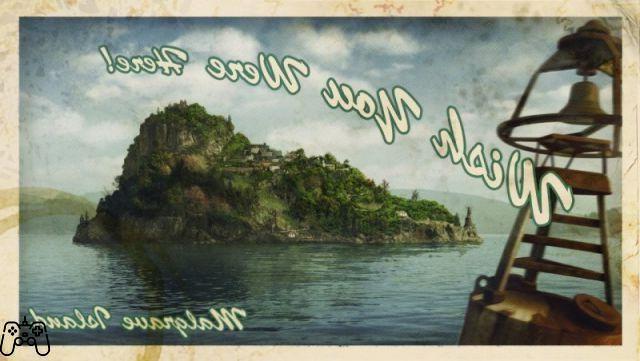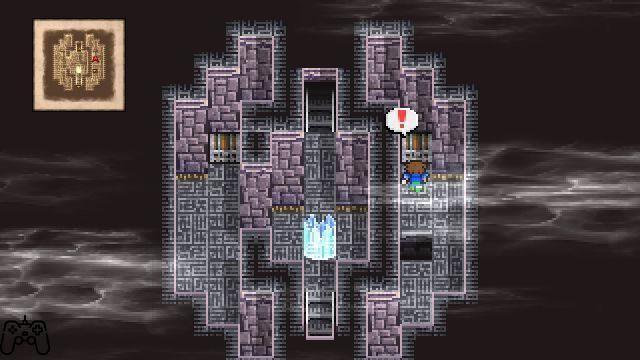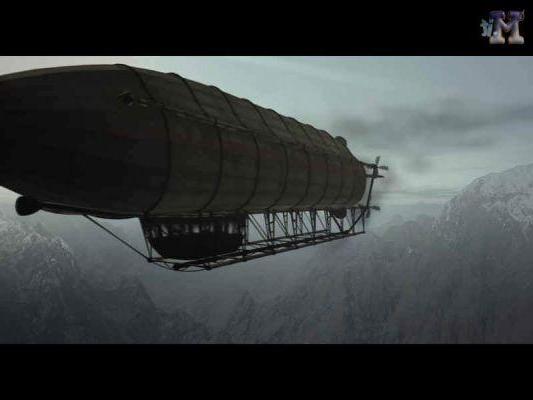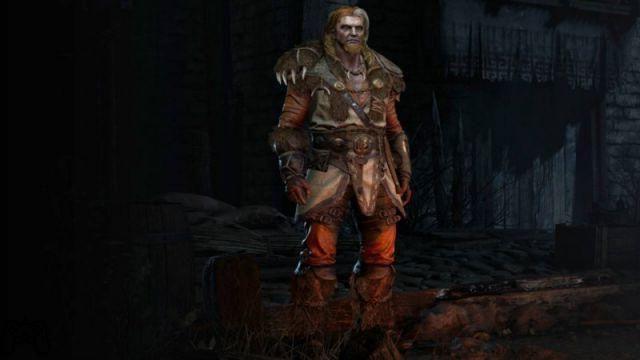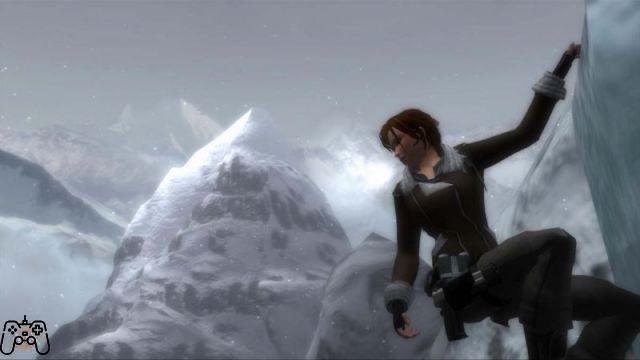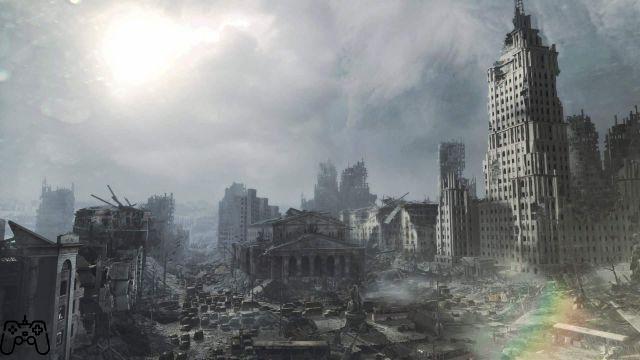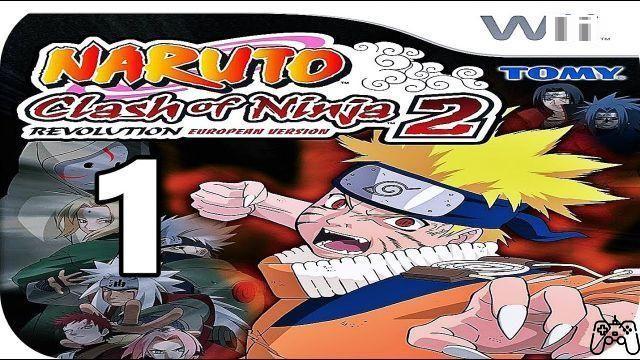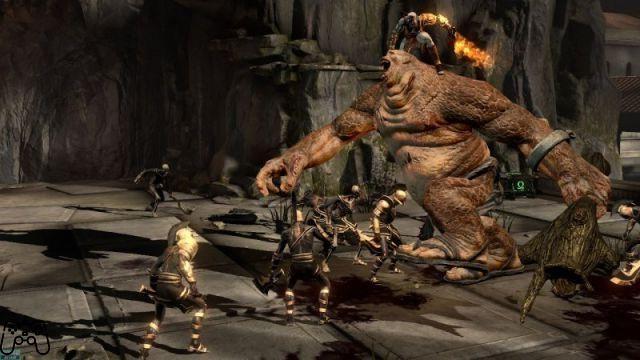It will land on May XNUMXst on Disney Plus, the fledgling streaming platform of the American entertainment giant, the anthological series conceived by Jason C.Harry e Dan Lanigan | that takes the viewer behind the scenes of some of the most famous Disney film masterpieces.
Prop Culture, this is the title, it is proposed as a product dedicated to the most cinephile public, to those who normally consume hours and hours of extra content, working documentaries, backstage and preparatory drawings of their favorite films.
The fulcrum and engine of the show is represented by the "props" which, for those not accustomed to set language, are the so-called "props". Dan Lanigan, who in addition to being an author is also presenter of the show, is in fact a great fan and collector. The centrality of these objects, real nerd fetishes, allows the series to enhance even those professionalism of the world of cinema often far from the spotlight, but which with their work and their inventiveness deeply mark these films and contribute to making them indelible in memories. of the spectators.
The three episodes that we were able to preview are respectively dedicated to The Nightmare Before Christmas (1993), Tron (1982) e Mary Poppins (1964). Three films extremely different from each other in terms of age and language but united by the incredible impact they have had in pop culture.
Each episode, which generally lasts around thirty minutes, is a small traveling journey that usually starts from the Disney Studios warehouses to take us to the homes of directors, composers, screenwriters but also and above all model makers, sculptors and all sorts of craftsmen of the cinema.
The show manages to lay bare the emotions of these artists and the incredible self-denial and passion they pour into their work.
The setting is that of an informal interview and Lanigan, in his capacity as an interviewer, cleverly tries to combine technical questions with others that are more purely personal. This dichotomy determines the rhythm of each episode, which alternates “wow” moments with others that are more introspective and emotional, which undoubtedly represent the most interesting part of the offer.
Not infrequently, in fact, the show manages to expose the emotions of these artists and the incredible self-denial and passion they pour into their work. They are men (and women) who bring their own personal experiences, private lives, strengths and insecurities into the creative process. And they look back on these films often with pride, nostalgia and in some cases even regret.
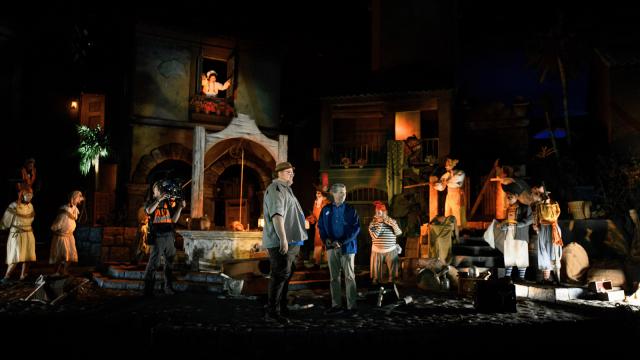
Particularly exciting, in this sense, the meeting of the second episode with the director of Tron, Steven Lisberger, whose words fail to conceal all the regret for the film's failure at the box office. The expectations of the studio, in fact, were to ride and match the success of the contemporary films of Star Wars, but the overall takings were ten times lower.
To the question "If you could go back, what would you change about the film?" the laconic answer is in fact: “The ability to reach the public”. A wound evidently still open in the heart of the director, who although aware of the status of "cult" reached today by his creature, almost regrets having fed the public a work too avant-garde and ahead of its time.
Among the most spectacular and interesting moments, however, it is impossible not to mention the meeting with the artists responsible for the sets and models of The Nightmare Before Christmas and with the director himself Henry Selick, able to push the technique of stop motion beyond any technical limit. A handful of people truly capable of thinking outside the box (or "out of the box") and of inventing extremely fascinating artisan solutions in an era in which, net of a few experiments, computer graphics it was not the panacea for all ills.
Purely celebratory moments are less successful
The purely celebratory moments, however, are less successful, in which the series conveys an unpleasant lack of sincerity to the viewer. One has the impression, in fact, that we want to celebrate the major itself by removing the centrality of the genius and goals of these exceptional professionals. Lanigan himself, in some situations, seems to be too obsequious towards some of the interviewees, as in the grip of an unjustified awe for an interviewer / presenter. Fortunately, this does not happen often and does not affect the overall authenticity of the product.
From a production value point of view on the other hand, the show is quite fluctuating. Often, for example, the setting of the lights during interviews is rather flat, just as the choice of camera points is sometimes unfortunate. A defect probably due to the short time granted by some of the interviewees and the impossibility of invading their private homes with more structured and numerous crews. After all, a defect that is not so important and that perhaps, to a certain extent, helps to restore that feeling of "chat with friends" that Lanigan seems to be looking for.
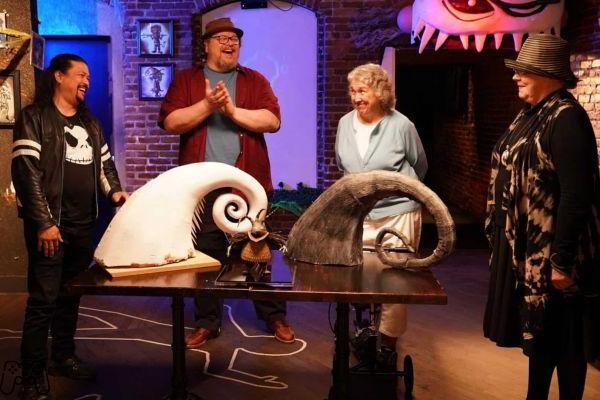
Undoubtedly, the show is enhanced by the recovery of videos and archive material, documents of extraordinary importance and beauty, wisely inserted into the episode's corpus by an editing that is always attentive and functional to the story. Priceless videos of a young Tim Burton intent on exploring the potential of stop motion animation.
In general, this Prop Culture is not a particularly innovative product, but honest and diligently packaged, with its own personality that allows it to differentiate itself from other similar products.
A journey that will not fail to charm and interest the admirers of these iconic films as well as the younger audience, who will perhaps discover and learn to love these extraordinary classics through this show.
So we just have to wait with interest for the eight episodes that will make up the first season and that will take us behind the scenes, in addition to the aforementioned films, of films such as Who Framed Roger Rabbit? (1988), Honey, I Shrunk the Kids (1989) and Pirates of the Caribbean: Curse of the First Moon (2003).
Review of videogamingallday.com Did you like the article? Share it!



